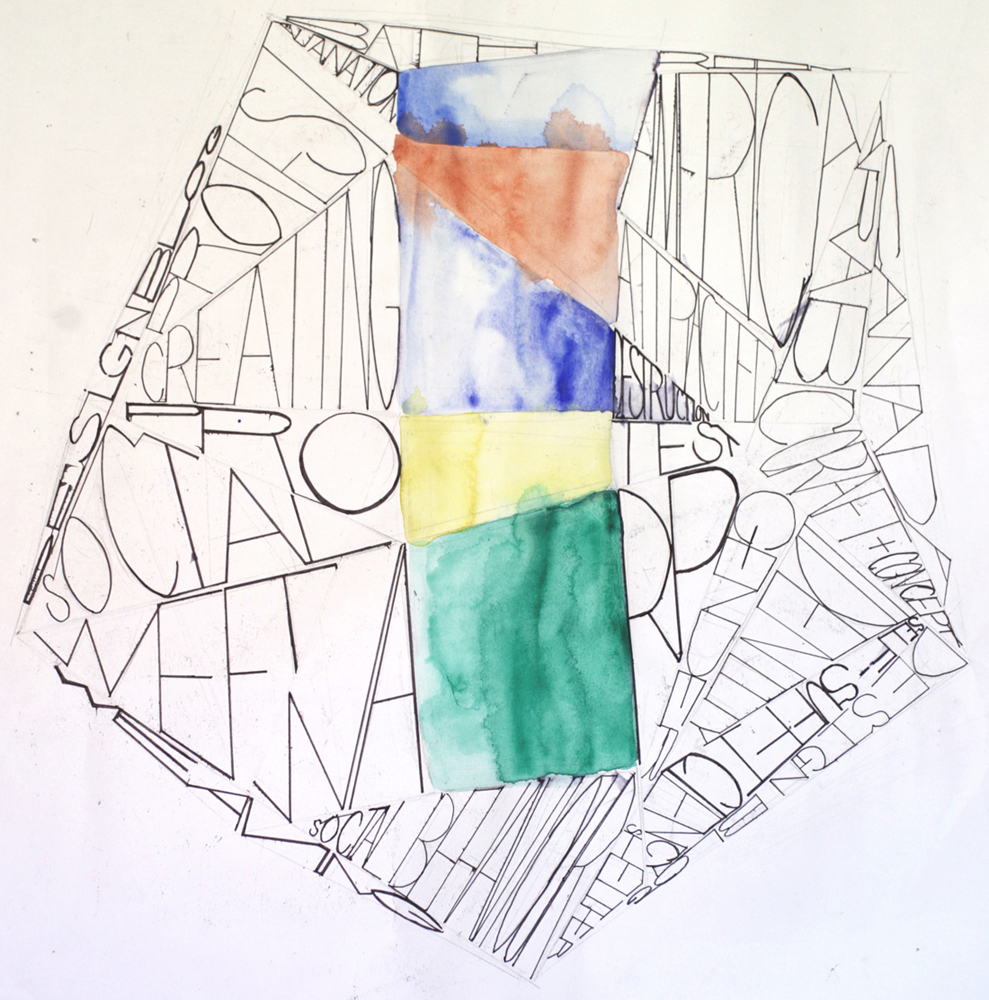Through my browsing on the designblog I stumbled upon different tags/keywords. Each played a vital part in leading to my final destination: https://designblog.rietveldacademie.nl/?p=25122.[x] In this final state of my browsing I found a structure of several dimensions and connections, where each point leads to the other. I let this be symbol of my browsing by visualizing each tag as part of this structure. As the result I create the diagram of my browsing.
"gender" Tag
Weaving Designblog
Wednesday, April 9, 2014
Segregation cultivation
Thursday, January 22, 2009
Many objects are designed to be perceived as clearly male or female (think of Gilette and Venus razors for example), whereas more essential ones (kitchen appliances, electronic media, tables and beds) are made „unisex“. But when we look at the same essential objects made for children: suddenly it’s all either pink or blue!
Why this sudden change in attitude?
Why – in a world supposedly freed from gender oppression – are boys and girls being subconciously made to feel so different from one another by media and toy companies?
Is it because this makes it easier for companies to supply new products, because they don‘t have to create innovative design and can just stick to typical army- and flower-pattern? Useful as it may be to manufacturers, I doubt it‘s good for children‘s self-image and leads to much teasing in schools that could be avoided by parents paying more attention to a less stereotyped environment for their children.
Would a little girl‘s gender identity be damaged if she used a neutral or (heaven forbid) blue notebook instead of a pink one?
Cause and Effect
Thursday, January 15, 2009
Seeking: a tool to exchange one woman‘s masculinity for one man‘s femininity (read carefully)
Most people‘s gender-conciousness & gender-identity is located in the mind, so a physical tool could only manipulate the exterior signs. Thus, the tool‘s effects are limited to the exterior, and disappear once the interaction with the tool stops. This could mean altering someone‘s posture, movement, appearance etc.
So there will be a physical difference, but one could also try to show the cause along with the effects: Where does the excess masculinity or femininity come from? Are they rooted parts of this person‘s genes or did they arise out of circumstance/necessity/coincidence during the building of their identity?


